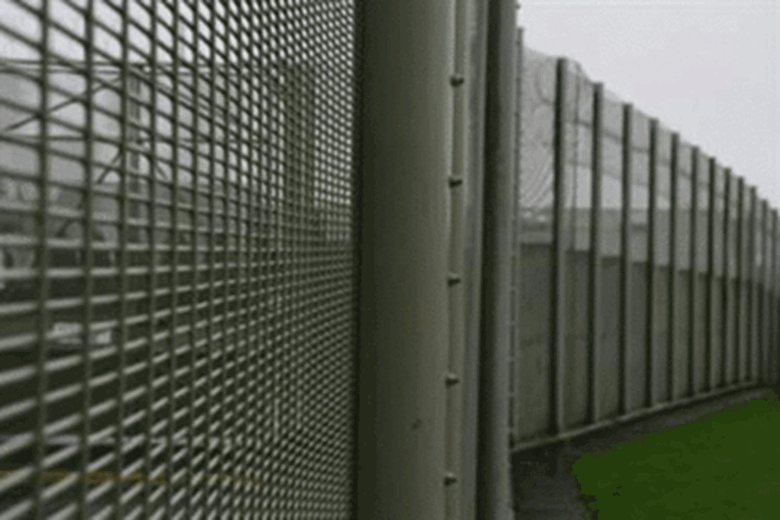YJB trials video cameras to monitor restraint in custody
Neil Puffett
Monday, November 3, 2014
Prison officers in a young offender institution and a secure training centre will be required to wear video equipment as part of efforts to monitor the use of restraint, it has been announced.

The six-month trial, being run by the Youth Justice Board and National Offender Management Service (Noms) will see officers at both Feltham young offender institution in west London and Rainsbrook secure training centre in Rugby required to use the kit.
The Youth Justice Board (YJB) said the equipment, which combines audio and video, will be clipped onto officers’ clothing to capture incidents and provide “a clear and irrefutable record of events”.
It said the introduction of the technology will allow for more detailed examination of the causes of, and management of, incidents that have resulted in force being used.
It is hoped the move will help to improve staff practice and support transparency, trust and confidence in members of staff.
The move comes as authorities continue to struggle to reduce the use of restraint in the youth secure estate.
The previous Labour government pledged to reduce its use, following an independent review in 2009, prompted by the death of two boys in separate restraint incidents.
But annual youth justice statistics, published in January, show that although the overall number of restraints in the youth secure estate fell 23 per cent from 8,419 in 2011/12 to 6,455 in 2012/13, use of the controversial practice increased proportionally.
Due to falling numbers of young people in custody, the number of restraint incidents per 100 young people actually rose two per cent from 25.1 restraints per 100 young people in 2011/12, to 25.6 in 2012/13.
A new restraint system that focuses on so-called “de-escalation techniques” and the use of restorative justice was announced in July 2012, and is in the process of being rolled out across the secure estate.
News of the trial of wearable video equipment was outlined in an update on work being done by the YJB on behaviour management and restraint.
The document also highlighted the need to obtain young people’s views on the new restraint system – called Minimising and Managing Physical Restraint (MMPR) – “more frequently and independently of existing practices such as post-incident restraint debriefs”.
“There are a number of benefits of obtaining young people’s views on MMPR,” the document states.
“From a training perspective, any issues they raise that are considered pertinent to the safety and effectiveness of MMPR (i.e. the use of particular techniques) will help inform the ongoing development of the syllabus and the delivery of training.
“Any learning achieved through this work will also help to improve restraint-related practice at individual establishments.”




